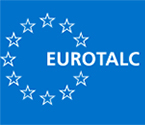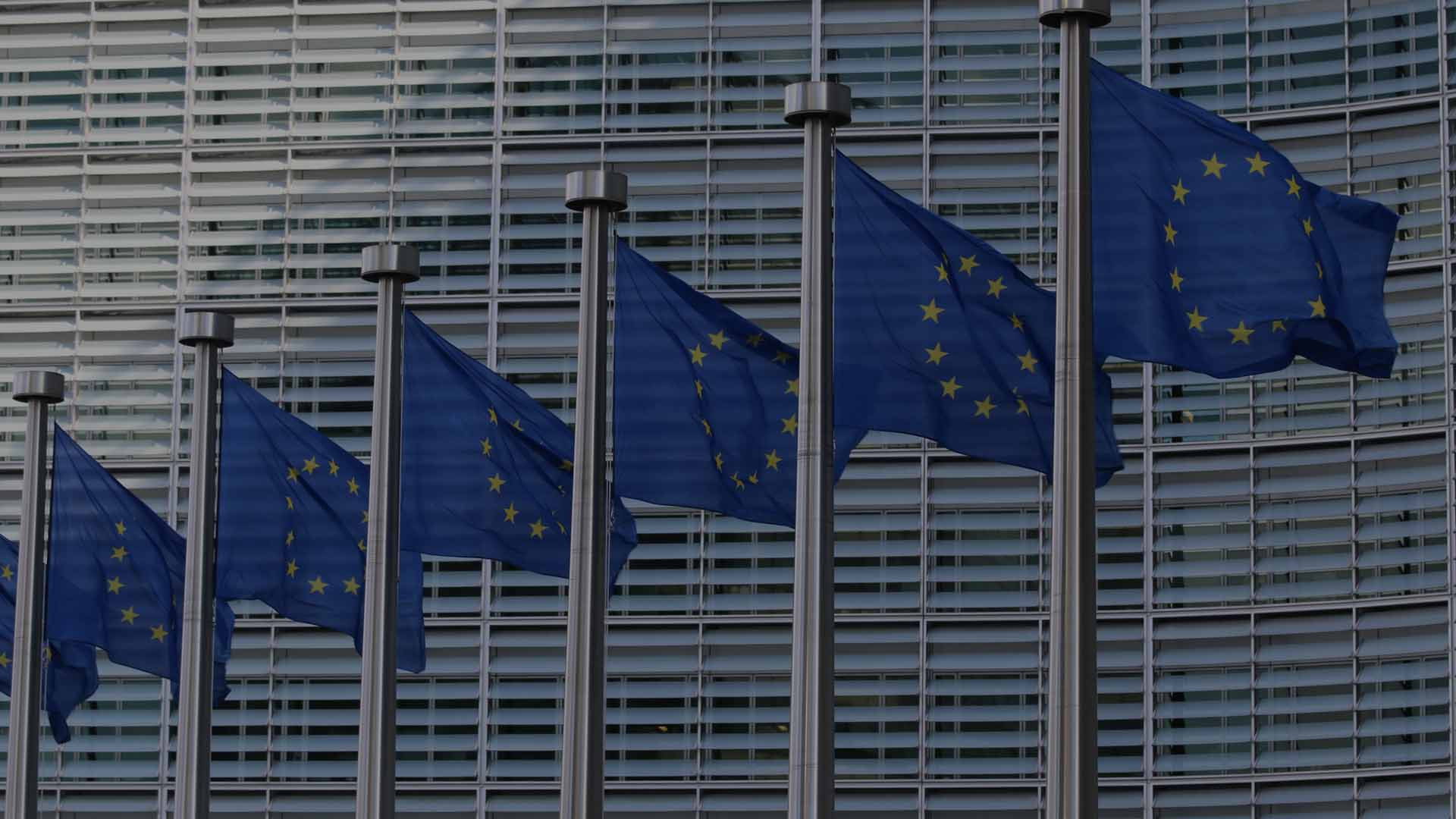All mining activities have an impact on the environment: quarrying, driving adits, sinking shafts, creating open pits, mounding of overburden rock, tailings and settlement ponds, grinding rock, operating and maintaining mining machinery and transporting ore and finished products.
European talc producers consider that honouring their environmental responsibilities is not only good business practice; it is the right thing to do.. The approach is not just to minimise adverse impacts but to create positive improvements to the environment where practical. This extends to the operations of EUROTALC members outside Europe.
To ensure environmental protection offsets the adverse effects of mining and processing, EUROTALC member companies operate environmental management systems in line with international standards such as the ISO 14000 series. Most members’ operations are certified to this standard. Internal and external auditing systems are implemented to monitor the management systems, compliance with official regulations, and conformity to company policies and standards.
Environmental care focuses mainly on the following 5 areas
Areas



